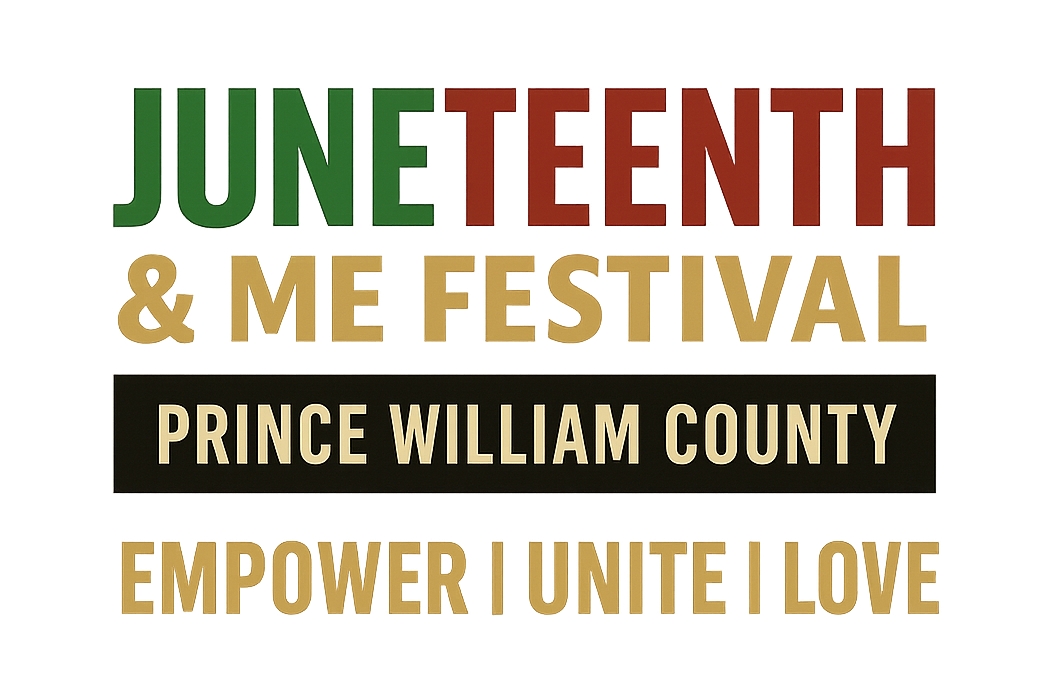4 Delicious Foods We Eat On Juneteenth (And Why They’re Red!)
It’s turn-up time, everybody! Juneteenth, which commemorates Emancipation Day, is quickly approaching. A little cultural history with your cornbread.
If you’d like to be invited to the cookout, then you should know what the celebration is all about. A great way to include yourself without co-opting is to learn about the history of specific cultural holidays, and Juneteenth is no exception.
Here’s a closer look at four of the most popular Juneteenth foods — and why so many of them are red.
Red soda is basically the official beverage of the Black cookout — Juneteenth or otherwise. At Juneteenth celebrations, red drink offerings range from cherry Kool-Aid to strawberry iced tea and everything in between.
Here’s an interesting fact: the color red is often said to represent the blood of our enslaved ancestors. But, like all aspects of African American history, the tradition of celebrating with red drinks has roots that predate slavery.
The original red drink was brought over by enslaved people generations ago from West Africa, where the red petals of native hibiscus flowers were combined with mint or ginger to make a drink called bissap, or hibiscus tea.
Today, bissap is the national drink of Senegal, though it’s common in other countries too, under other names. In Nigeria it’s called zobo, and in Sudan and Egypt it’s known as karkade.
Regardless of what it’s called, this red drink is widely known for its calming effects (it’s been shown to help lower blood pressure!) and refreshing taste. So when you’re toasting to freedom with a cup of red soda, remember the origin story!
Another red food, tender and meaty cherry-glazed ribs are a staple of Juneteenth cookouts because in the Antebellum South, enslaved people weren’t allowed such delectable cuts of meat. Instead, they were fed small pieces of scrap meat — the unwanted, low quality bits of leftover meat that white people wouldn’t eat (read: chitterlings).
Since generations of Black people have cooked from a place of scarcity, it makes perfect sense that ribs, one of the meatiest parts of the animal, are now a staple at Black cookouts. They’re symbolic of the advancement in food access in the Black community as well as our freedom of choice. And of course, the color red is symbolic in West African cultures as a sign of spiritual power.
So, on Juneteenth, we slather our meat in bright red, tangy cherry barbecue sauces that evoke our cultural origins as we celebrate all day long.
Red velvet cake is totally a Black food with origins dating back to the 1800s. While the Waldorf Astoria has tried to claim responsibility for this decadent, velvety cake, red velvet cake is, in many ways, as deeply rooted in Black history and community as the Juneteenth celebration itself.
Many common ingredients in the cake (such as chocolate and pecans) have African origins or are common in predominantly Black communities. The color red shows up again here, with ties to Black resilience amid fierce oppression and subjugation. The cake was particularly popular during the Depression era as a unique and luxurious dessert that could be made with limited resources.
The red color of traditional red velvet cake comes from a chemical reaction between the cocoa powder, vinegar, and buttermilk, but today it’s often added with food coloring — just to make sure it’s unmistakably, undeniably red velvet cake. And on Juneteenth, it’s one of my favorite red foods to eat.
Watermelon has become a Juneteenth staple because of — you guessed it — its bright red flesh. It’s a must-have at any Juneteenth celebration. Rev. Dr. Ronald Myers, the head of the National Juneteenth Observance Foundation, even called it “one of the oldest traditional foods on Juneteenth.”
Post-emancipation, many free Black Americans grew and sold watermelons, turning the fruit into a symbol of Black self-sufficiency, even as white people turned it into an ugly stereotype.
Serving watermelon — often in the form of salad — at modern-day Juneteenth celebrations is a delicious and refreshing bold statement. By subverting a racist stereotype in celebration, we embrace our freedom, refusing to let that stigma get in the way of our enjoyment of a harmless fruit.
There’s an incredible legacy in American food culture that was completely spearheaded by people of color. This Juneteenth, as you munch on all the delectable cookout treats, remember to appreciate the complicated history that allowed for all these foods to be created, perfected, and celebrated! And if you’re like me, bring a pair of pants with an elastic waistband.
(This article first appeared in the following: https://greatist.com/eat/juneteenth-food-history-what-to-eat-on-juneteenth#Food-for-thought-(and-for-fun)



